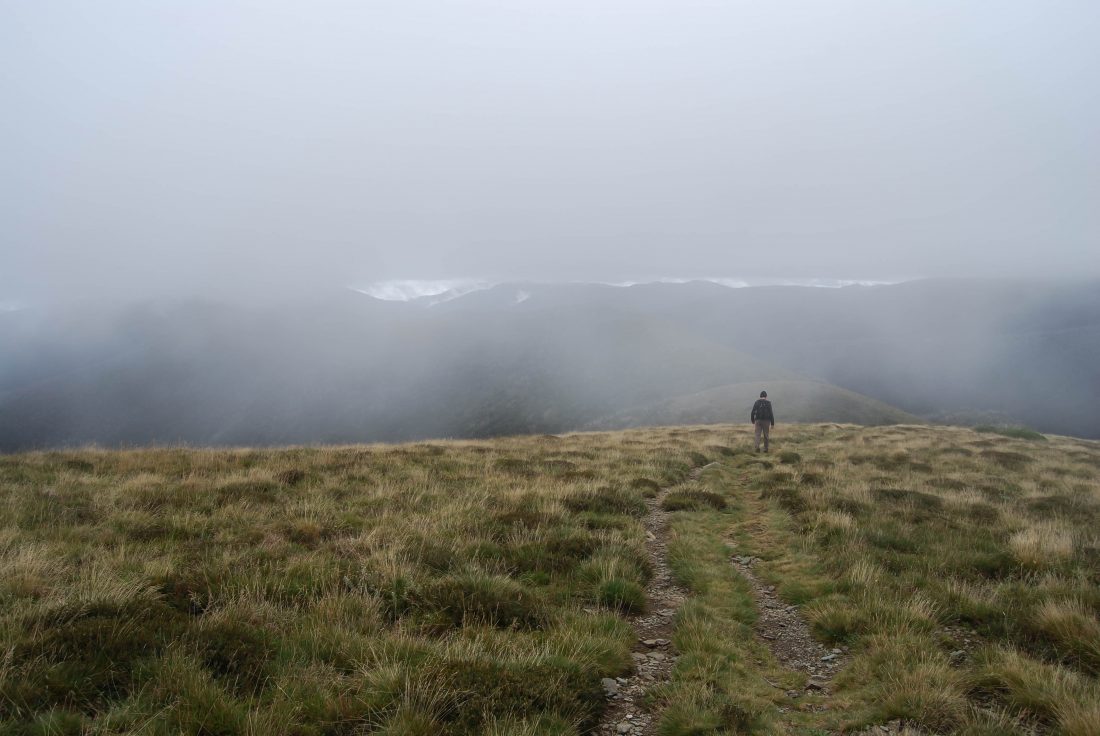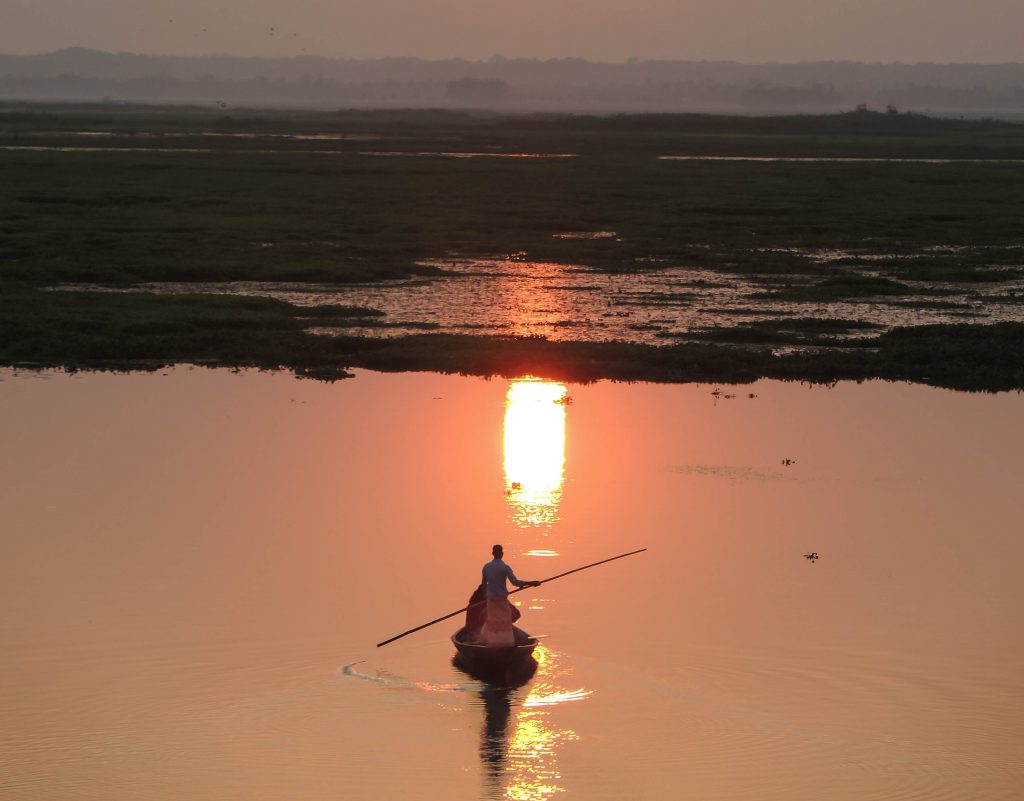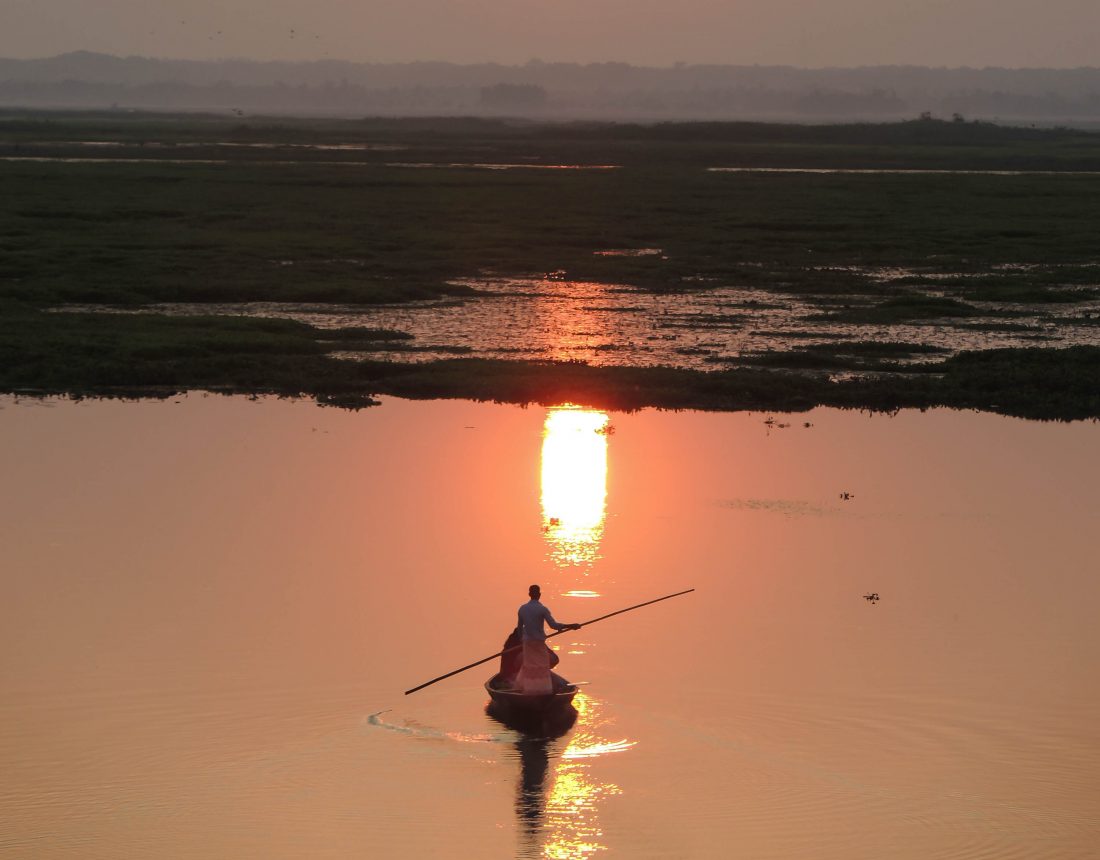LoST as the essence of slow travel
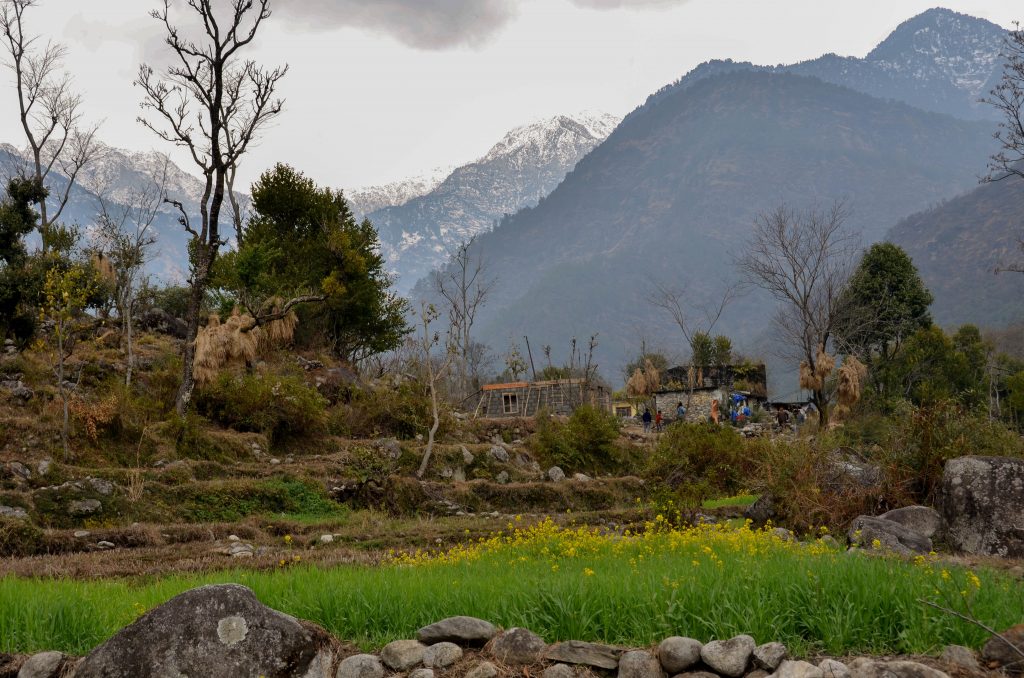
Here is a copy of a post from last year. It epitomises LoST for me, so I think it’s worthy of a repost.
LoST is the essence of slow travel.
Some of the reasons I began to think much more about the LoST idea came from my work in various landscapes. Because I work at the intersection of communities and their landscapes, with a particular focus on community rights, the impact of tourism and visitors was never far away.
I’d talk to visitors who would be moving around, for example, a tiger landscape. But their whole engagement with the place was framed by the tiger – not the landscape of the tiger. Sounds, smells and sights deep in the tiger’s forest hardly registered because the tiger wasn’t around to register. And, when there were no sightings of a tiger, the feeling of ‘failure’ hung heavily in the air around the tourist and the local community members who would be guides, mahouts, the people who made chai etc.
This kind of experience was replicated across multiple landscapes, in multiple countries and for multiple visitors. Even though these kinds of travels were marketed as ecotourism, or slow travel, or nature travel, there was too often little emphasis on the broader experience and the broader engagements of travellers and how these engagements could re-imagine the connections between communities, landscapes and travellers. The landscape and the communities became a backdrop for the focused activity of seeing tigers, or climbing a mountain, or getting to a particular location.
Things needed to be re-imagined.
So there are a number of reasons I think LoST is the essence of slow travel:
The methods of travel allow us to travel within a landscape, not through it.
There are many ways that we can travel slowly through a landscape. Train travel, for example, has a long tradition of moving travellers slowly through landscapes. For LoST however, our sense of moving through landscapes is by walking, cycling and paddling. These are human powered and they allow us to do a number of things.
Our exertion means we measure the contours of the landscape. Therefore we not only feel the landscape, we can also see it, hear it and smell it. Our senses frame our engagement with the landscape itself, and we understand more about it. Using the tiger landscape example above, an elephant gives the slow means of travel where we can hear, see and smell. We can experience the tiger landscape through the pores of our skin, with or without encountering a tiger.
They also mean we spend more time in localities or moving through landscapes. We get to know these places much more intimately.
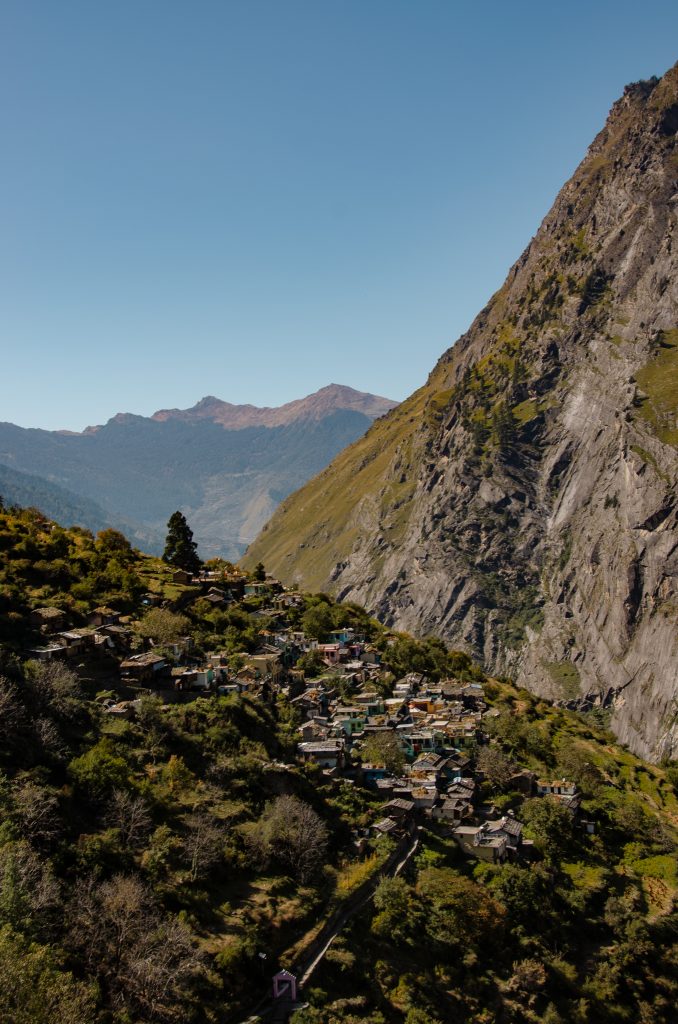
The methods of travel encourage a connection to landscapes and communities.
As we travel slowly through landscapes, stopping in various locations, we are part of the landscape itself. This is a reminder that landscapes are lived in and shaped by the actions of people, their activities and their values/own engagements. Being able to walk, ride or paddle allows us the opportunity and potential to meet with others, to learn about them and their landscapes.
We combine this with travelling within a landscape. We therefore increase our understanding of landscapes and their communities and we are reminded that communities are dependent on sustainable landscapes and landscapes are dependent on sustainable communities.
Contributing to local communities.
These methods of travel give us the opportunity to stay locally, to eat locally and to contribute to the local community and economy in myriad ways. When we combine this with our understanding of communities and their landscapes, we also uncover more of the linkages between the two.
For example, LoST travelling allows us to see an agricultural landscape. Staying or eating locally allows us to see how the linkages between people and their landscape come together to produce food, to develop the local culture of living together, local food production and distribution, and local mechanisms for the life of the community. It allows us to understand more fully the landscape basis for resilient communities and the community foundation for resilient landscapes.
Reflecting on our travels and we as travellers.
Uncovering the above linkages and connections requires us to observe, to think about where we are and what we do and ultimately engage with how our travels are impacting on the landscapes we travel though. Doing this means we do two things.
First, it means we engage with the landscape and the communities. We have to, otherwise we don’t uncover the nature of linkages and relationships between the landscapes and the communities.
Second it means we can ultimately reflect on our own travels, approaches, understandings and motivations. As travellers we are all outsiders coming to a ‘different place’. But as LoST travellers we are coming to learn, to understand, to engage, to reflect. This makes us better travellers and also reminds us of how we are able to contribute to local economies, landscapes and communities.
Becoming advocates for landscapes and their communities.
Ultimately, through this understanding and this reflection, we can become advocates for whatever we see as important things we have understood through our LoST travels.
For me, I take away awareness of the localities, but I also take away a more generalized awareness of the role of LoST travel in contributing to communities and landscapes well beyond the geographic location of where this occurs. I translate the experience into a broader advocacy role for rediscovering the essence of slow travel.


